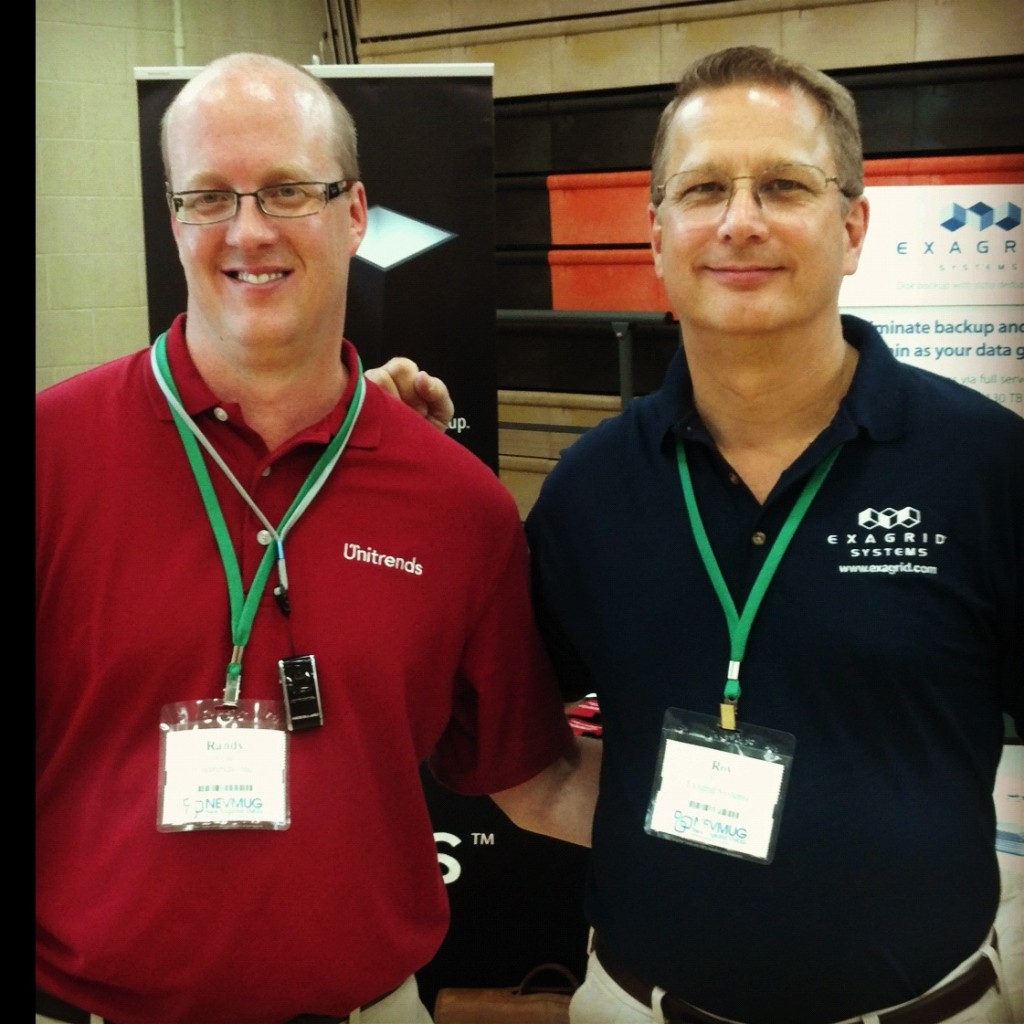Unitrends Enterprise Backup, Exagrid, and Server Consolidation

Yesterday I had a few questions, internally and externally, about the announcement of a partnership between Unitrends and Exagrid concerning the Unitrends Enterprise Backup product. Here are the questions I received:
- Why the heck would you partner with a deduplication device vendor when Unitrends already has global deduplication in Unitrends Enterprise Backup?
- You guys already do deduplication – why do we need this?
- You told us that unlike virtual-only competitors who do “job-based compression and deduplication”, Unitrends does post-processing deduplication. What’s different between that and Exagrid?
- Why did Exagrid partner with Unitrends?
In order to understand the answer to these questions, you first have to understand the core value proposition for virtualization. Virtualization is beloved by so many IT professionals because it allows them to buy fewer servers while getting more out of those servers. One of the key metrics that people talk about is “consolidation.” Consolidation is simply the number of virtual servers (virtual machines) that can be put onto a single physical server using virtualization software such as Microsoft Hyper-V or VMware vSphere.
There are several fundamental ways you can deploy Unitrends Enterprise Backup: two of these are
- Using a 1:1 consolidation ratio (the virtual appliance that is Unitrends Enterprise Backup is the only software on the physical server)
- Using an n:1 consolidation ratio (there are multiple virtual machines on the physical server.)
The simpler model is when a user creates the 1:1 consolidation ratio. Backup, archiving, instant recovery, disaster recovery, and other functions are heavyweight operations that chew up a lot of processor, memory, I/O, and storage resources and by using a 1:1 consolidation ratio this is contained.
The n:1 consolidation ratio, where the user puts Unitrends Enterprise Backup and other virtual machines on the same physical machine, is a different story. One of the most resource-intensive things that Unitrends does is its global deduplication. Unitrends Enterprise Backup can be used with other virtual machines on a physical server – but if we are doing global deduplication it will cause more resources to be utilized than if we weren’t doing global deduplication.
Unitrends Enterprise Backup was designed specifically so that it could be easily paired with deduplication devices. During installation, deduplication can be turned off if the user wishes to use a deduplication device such as those that Exagrid offers. The advantage to using the Exagrid system is that the user will get a higher consolidation ratio in their virtual infrastructure – in other words, they’ll be able to better utilize the often expensive physical servers that are being used to run Microsoft Hyper-V and VMware vSphere.
If you’re comparing a virtualization-only vendor to Unitrends Enterprise Backup without a dedicated deduplication device such as an Exagrid, however, you still need to make sure you ask about forms of deduplication. Most virtualization-only vendors perform a “jobs-based” form of deduplication that really isn’t deduplication at all in my opinion – because it only “deduplicates” in a single backup job. That’s pretty much the same definition as compression.
The last question I got was why Exagrid would partner with Unitrends. My first thought was 13 straight quarters of growth topped with a 96% growth rate last quarter and a 300% increase in net income. But just as importantly, Unitrends is an enterprise-class vendor – not a niche vendor doing only virtualization (or Windows, or whatever.) That typically drives more storage, which of course drives more sales for any deduplication vendor.
That clear it up?

